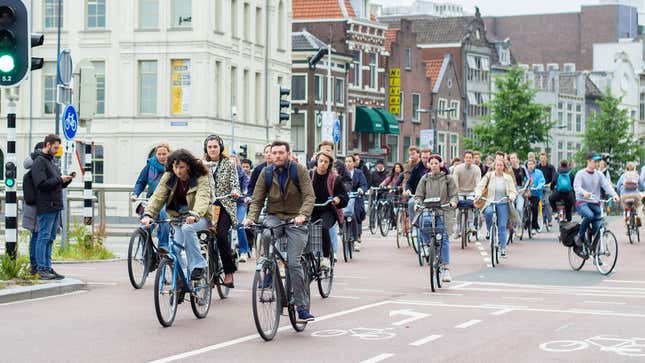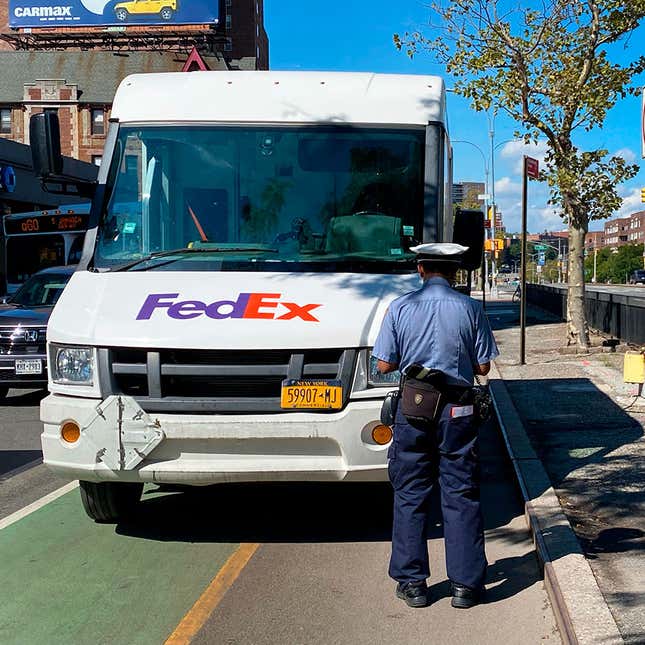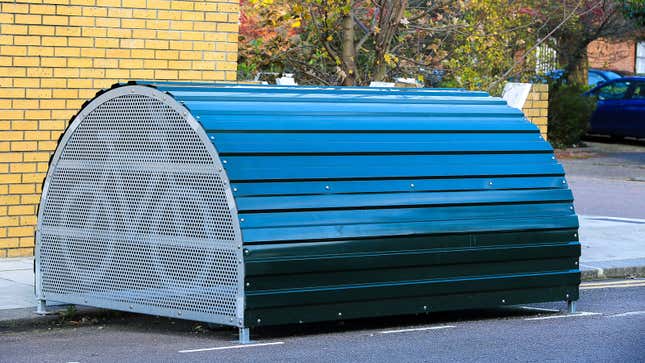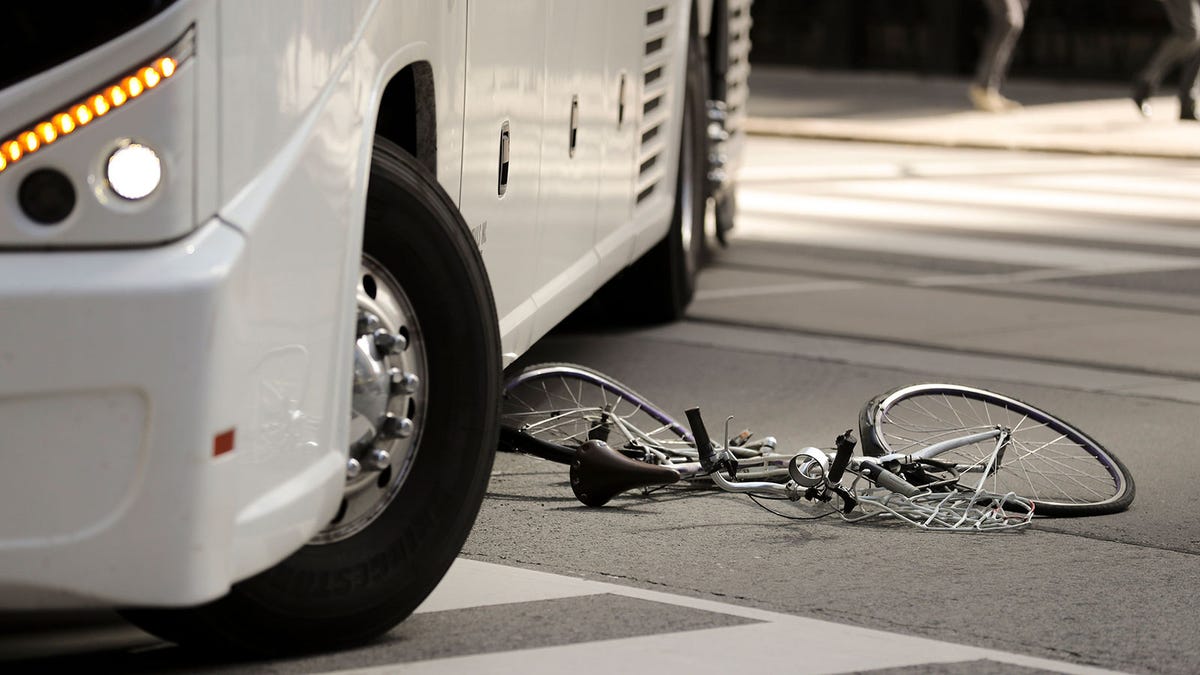According to a recent report from Bloomberg, the number of people cycling to work in the U.S. is on the decline. The site found that despite millions being invested in cycling infrastructure across America, the number of people regularly riding to work has fallen by 75,000 compared with pre-pandemic levels. But when you look at the state of our roads, is there any wonder people are giving up on their cycle to work? It sucks out there.
I’ve been cycling to work basically since I entered full-time employment. First in Lincoln, Sheffield, and London in the U.K. and then in New York, where I’ve been riding around town for the past two and a half years. And despite the Big Apple boasting 1,375 miles of bike lanes and pledging to increase that figure every year, it’s not a fun place to ride to work.
Door to door, my journey to the office takes a little over half an hour and includes riding mostly on bike lanes up the center of Manhattan. So I’m already in a fortunate position to be able to avoid sharing the road too much. But still, it’s rarely an enjoyable journey.

At intersections, I have to watch out for cars turning across the bike lane without looking. At police stations, I need to dodge squad cars blocking the bike lane, pavement and roadway. At traffic lights, I need to be wary of pedestrians stepping into my path while closing some big business deal. And heaven forbid there’s road works, I can kiss my inner tubes goodbye if that’s the case.
These kinds of hazards, coupled with the near-endless stream of news reports about New York cyclists being knocked off their bikes, is enough to put any sane person off spending any time biking around Manhattan.
But this doesn’t mean we should just hold our hands up and say “we gave it a go, but it’s not working. Best leave things the way they are.” Because other countries have proven that city-center cycling can work better than it does here.

In the U.S., less than one percent of commuters say they cycle to work regularly, while across the border in Canada, that figure is closer to three percent. In the similarly massive country of Australia, it’s 3.2 percent. So while we may never reach the 60 percent of workers who bike to the office in Denmark, there’s room for improvement here in the land of the free.
But getting people to bike to work in droves will take work, lots of work.
First, we need to dramatically improve our bike lanes. It’s not good enough to have a bike painted in the road to warn cars that a cyclist might come through. And we can definitely do better than a few floppy plastic bollards separating a cyclist from a 4,000 lb pickup truck.

Lanes need to be wider and more secure, that’s the only way you’ll get people to feel safe when they take to two wheels.
But we also need to do more to educate drivers about cyclists on the road. They need to actually look before turning, parking up, or opening their door into a bike lane. Blind spot detection is a good start, but that still doesn’t seem to stop Patagonia-clad bankers from barging their Range Rovers into the bike lane whenever I ride up Sixth Avenue.
Safety on the road is just the first (and arguably most important) aspect that needs tacking. Secondly, we also need to find more space for cyclists to lock up the shiny new e-bikes they bought as part of rebate programs underway across the U.S.
I’m lucky enough to work in an office with a secure bike parking area in our underground garage, but if that wasn’t there I’d be fighting to tie up at one of the parking spaces on our block. By my count, there’s room for just ten bicycles out there.
But the office is just where my bike spends half its life. After moving into my new apartment, I found out that the landlord wouldn’t allow electric bikes into the property or into the yard out back.
Keeping my e-bike out in the New York rain didn’t seem like a wise plan, so I was left ringing around storage lockers, local garages, or motorbike parking lots to see if anyone had a spare space. Unsurprisingly, a space was pretty hard to come by.

An easy solution to this would be the kind of bike garages that cities like London have put into on-street parking spaces. These sheltered constructions offer a secure place for residents to keep their bikes, and suppress any worries you might have about e-bikes starting fires in apartment buildings.
Really, having space is all cyclists are asking for. Space on the road and space to park up, it’s not a lot to ask for. But the fact that we haven’t quite found this space on America’s (frankly) massive roads doesn’t mean that cycling in the U.S. is a lost cause.
Instead, we should look to cities that have implemented cycling infrastructure well and see what we can learn from them to make cyclists feel safe on the road. I just fear that it’s going to take a lot more than lawmakers think to encourage normal, lycra-averse people to hop off the subway and onto bikes.

